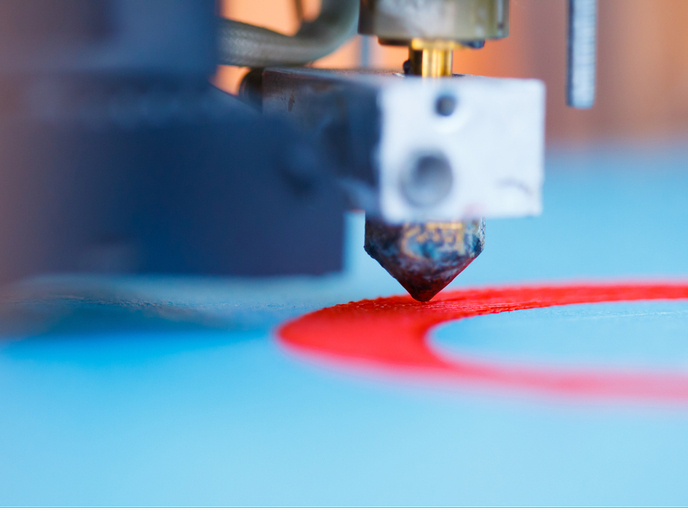Innovative lanthanide compounds for optoelectronics
Compared to its existing inorganic counterparts, polymer-based technology has been considered as more environment-friendly. Due to its excellent performance coupled with inexpensive production and ease of manufacture, this technology is highly suitable for use in data, telecommunication and optical computing applications. Motivated by this, the OPAMD project focused on the fabrication of new polymer based-materials and devices for further deployment in photonic technology platforms. Research work resulted in two families of materials emitting in the visible and infrared along with device demonstrators for further commercial exploitation. One of the key project results involved novel lanthanide complexes of sandwich type and perhalogenated sandwich type erbium. For the synthesis of these innovative complexes a wide range of compounds was developed. This range included quinolinate, betadiketonate and sulfonyl imide as well as other complexes of mainly erbium, neodymium and ytterbium ions for applications in the near infrared spectrum. The developed lanthanide complex doped polymers are capable of emitting in the infrared region by photoluminescence (PL) and possibly electroluminescence (EL) processes. In both processes there is light emission due to either photon absorption or an electrical field/current passing through. Their primary applications include infrared Light-Emitting Diode (LED) applications. For further information on the project click at: http://www.tyndall.ie/projects/opamd/







